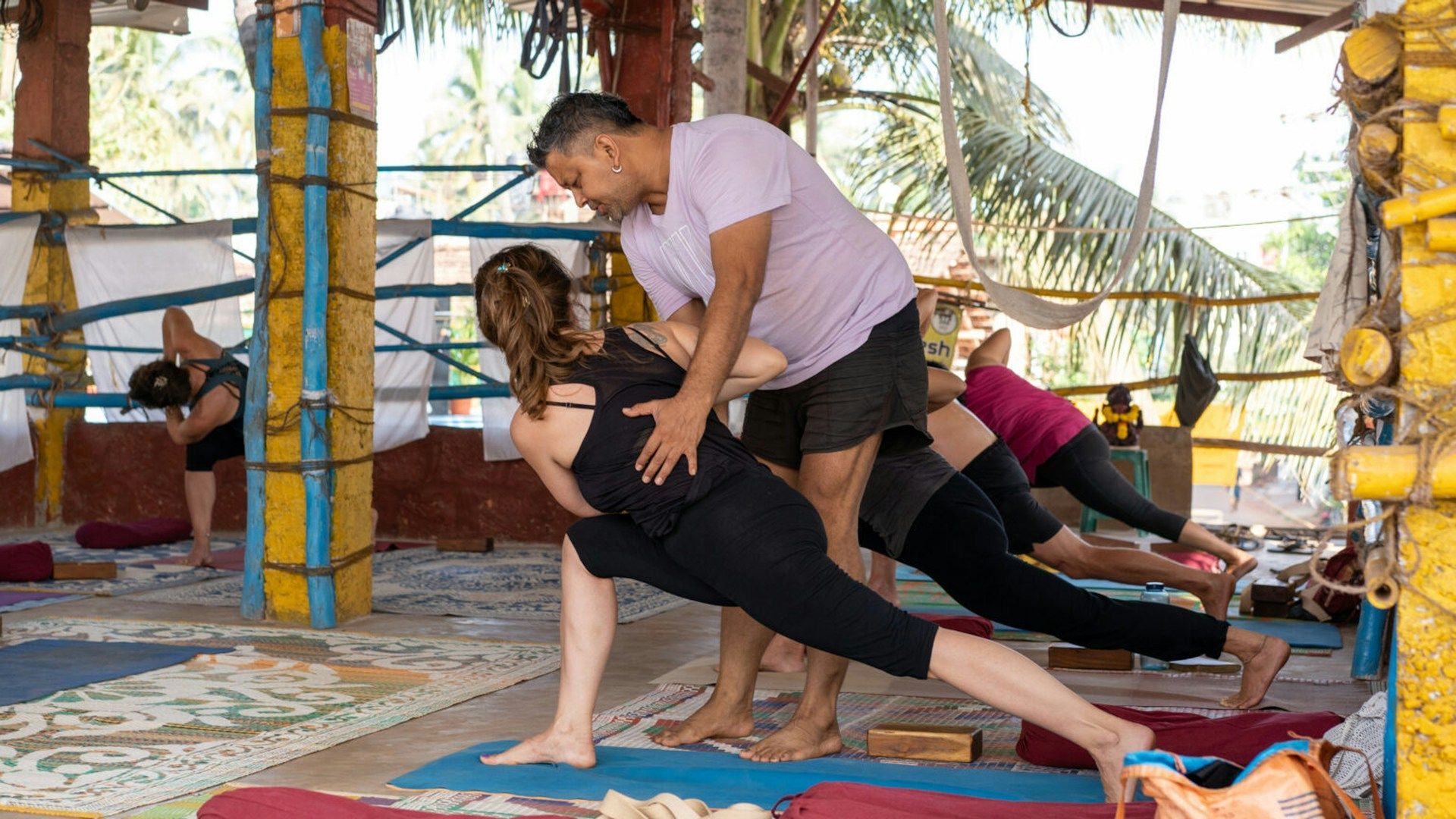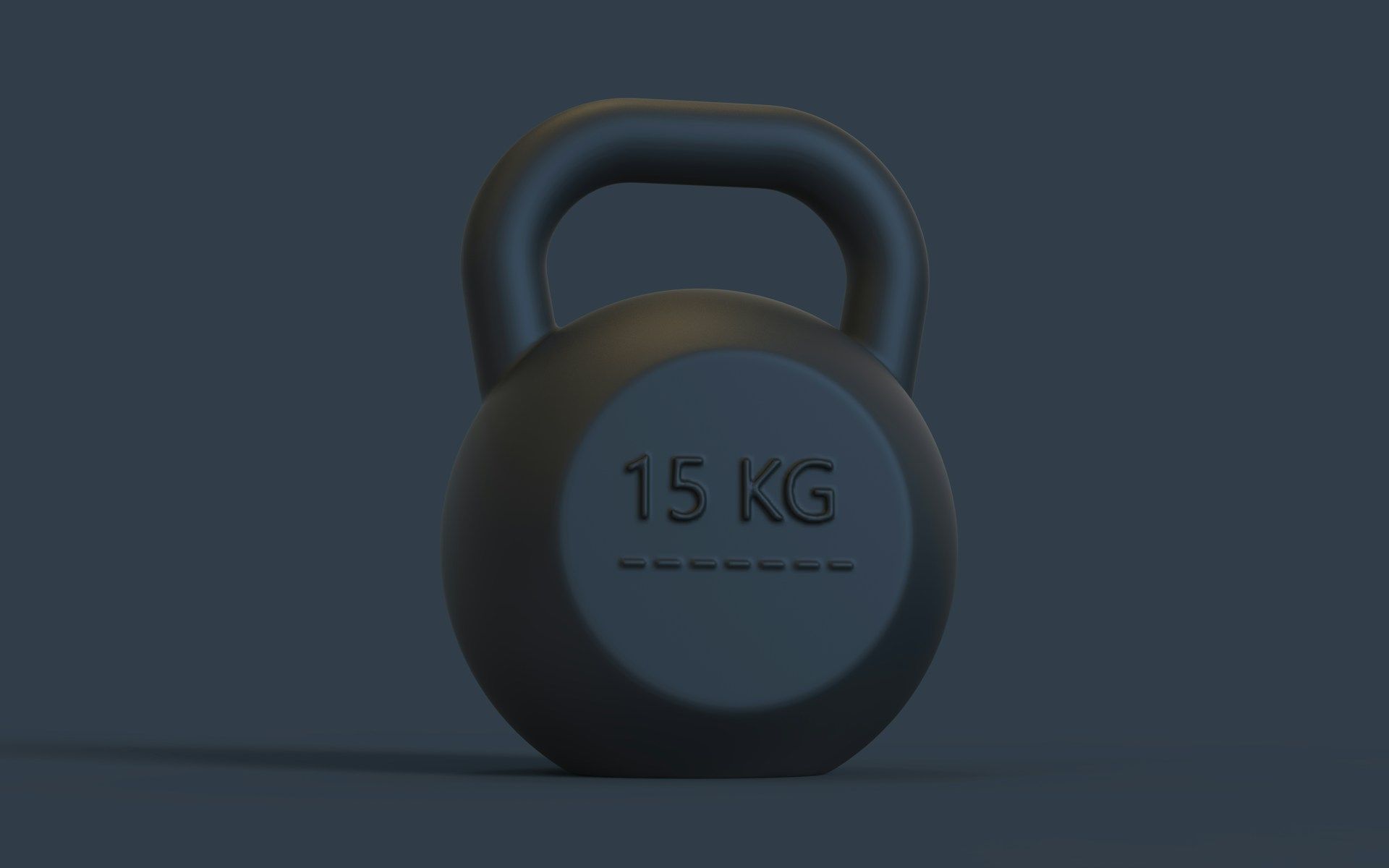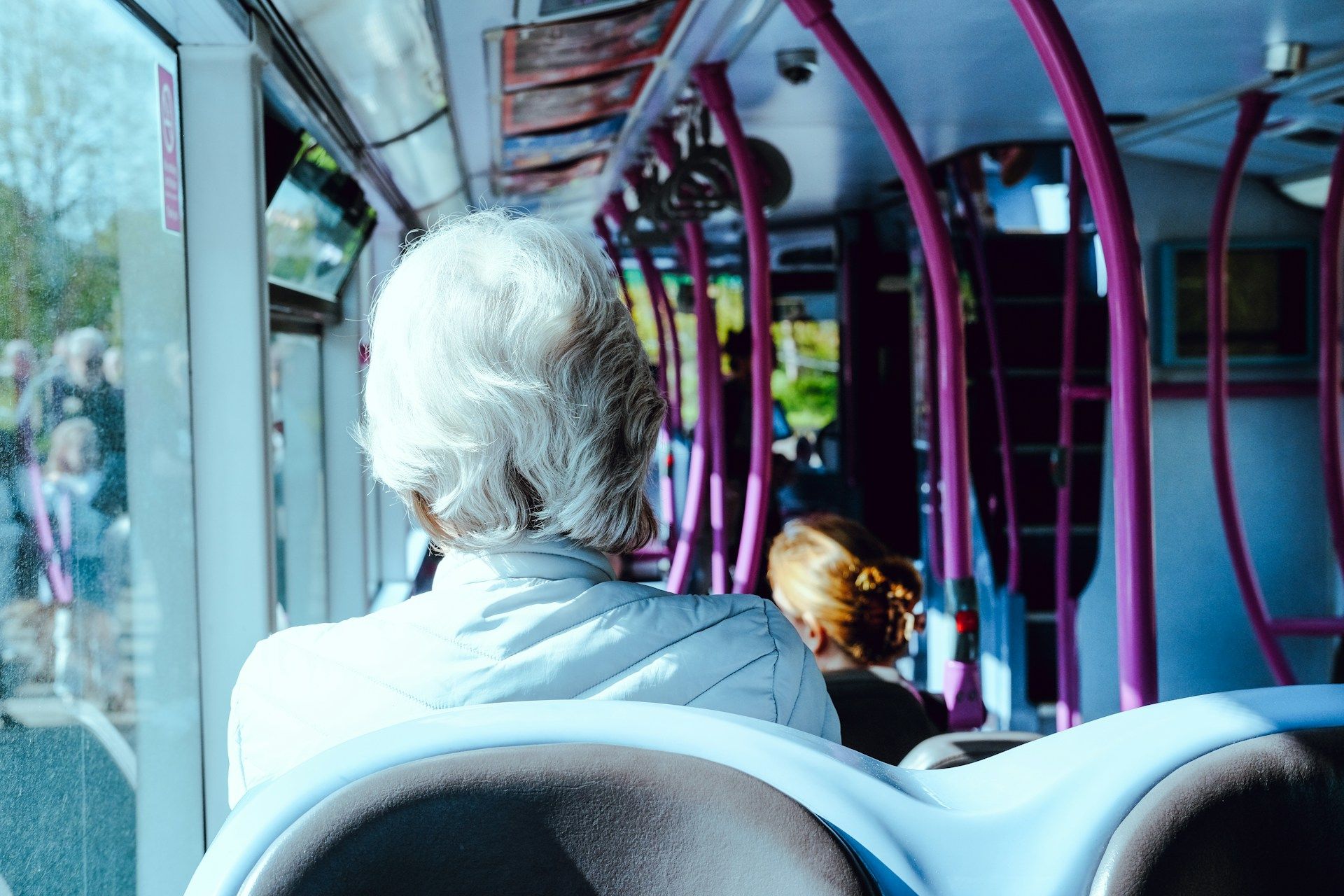Practicing Yoga When in a Flare: 6 Tips From a Fellow Spoonie
Be Kind to Yourself When You Hurt
Those with chronic illnesses know it isn’t pretty when flares strike. It’s not just the pain but the brain fog, the fatigue, the sheer exhaustion of having to push through your daily duties when you’re nowhere near your best. Probably the last thing you feel like doing is practicing yoga when in a flare, but doing so can sometimes help.
That said, listening to your body during such times is more crucial than ever. Self-compassion is the name of the game, as is mindfulness. I treat my flows as healing therapy when my chronic conditions act up, and doing so has helped immensely. Here are six tips for nurturing yourself on the mat when practicing yoga in a flare.
1. Choose the Right Style
The good news is I’ve been working hard doing interior and exterior cleanups to fund the Only in Sedona Yoga dream. The bad news is that this shift to manual labor made many of my mild autoimmune conditions stop in to say howdy do. I’ve been trimming trees and making beds with a slipped rib and screaming arthritis.
Suffice it to say, I haven’t been practicing the Ashtanga primary series much. However, gentle restorative yoga has been my solace. Restorative yoga arose as a type of healing therapy. It focuses on using props and long, slow passive poses to encourage wellness. It’s the perfect form of yoga to practice when in a flare.
This style, along with Yin, helps bathe your fascia in hyaluronic acid, a natural lubricant produced by your body — it’s far more than a face cream ingredient. It
contributes to wound healing, cellular metabolism, and inflammation, and encouraging its flow through your fascia may ease pain and lower disease risk.
Your fascia is connective tissue that surrounds nearly every structure in your body, and guess what? It is rich in nerve tissue,
containing 25% more nerves than your skin and 1,000 times more than your muscles.
Hyaluronic acid helps by keeping your fascia moving smoothly. However, it can also work like glue when you don’t move, increasing pain. That’s why long, slow practices like restorative yoga and Yin are so beneficial, even though you don’t burn tons of calories or break a sweat. When you’re practicing yoga in a flare, skip the power and vinyasa classes in favor of a restorative flow, such as our
Sober Saturday program.
2. Use Props
Many restorative yoga poses build on the inspiration of B.K.S. Iyengar, who was famous for using props to achieve perfect body positioning. Props are also perfect for practicing yoga in a flare. For example, on a good day, I can lie back in half-saddle without assistance, but when my knees are screaming at me, a bolster takes off the pressure, allowing me to relax in the passive stretch without discomfort.
Surround yourself with the following before you begin your practice so you don’t have to reach for them:
Bolsters- Pillows
- Blankets
- Blocks
- Straps
Tune into your body when using your props. Please don’t wait for your guide’s instructions to reach for them. While I try to mention using them, it’s impossible to go through every possible asana variation when leading the class — it would quickly turn into a lecture, and we’d never get through the poses. Use props whenever
you
feel you need to. Remember, the goal is to encourage healing, so use what you have on hand to find the perfect positioning for the medicine to work.
3. Dress Comfortably
Have you ever tried pulling on a pair of tights with your hands aching from an arthritis flare? It isn’t fun. If that step makes the deciding difference as to whether or not you practice, slide into some cozy sweats instead and go.
Heck, even practice in your pajamas. I’m a big fan of that. Of course, my autistic self is also a big fan of wearing pajamas for any occasion — why people insist on wearing uncomfortable clothing at all is a mystery my grey matter will apparently never solve — but the point is to be good to you. If you aren’t quite as bold as I am to walk into the studio in your jammies, move on to the next tip.
4. Switch Up the Scenery
Spoon theory became popular among the chronic illness crowd, but the fact is, we all have a finite amount of energy. You have even less when in a flare because your body’s defense system is already at work, taxing your reserves. You might have sufficient juice to talk to the mat, but getting dressed and driving to the studio takes more oomph than you can muster.
Instead, practice at home. Practice in bed, even. Only in Sedona Yoga is one of countless yoga channels on YouTube, and you can find the perfect flow without leaving your home.
Another thing that feels glorious — if weather permits — is taking your practice outside. This trick works best on warm days, which we have in droves here in the desert southwest. However, if it’s hot where you are, practicing in the sun can feel heavenly on aching joints. The warmth radiating from the earth below is a bonus. It’s like yoga on a heating pad.
5. Keep It Short and Supported
You might get on your mat and decide it feels so cozy that you want to stay awhile. Alternatively, you might find that a shorter session is all you can take. A 10-to-15 minute session is fine if that’s when your body cries “hold, enough.”
What if the mere thought of getting on the floor — or back up from it — makes you ache? Try a
chair yoga class, no mat necessary. You can even do it at your desk at work for a midday refresher.
6. Make It an Immersive Treat
Little touches mean a lot when you don’t feel your best. If you have a kind, supportive partner, you might ask them to set the mood for you, dimming the lights, putting on some soft music, and making your practice space inviting. If you have the energy, doing it for yourself is like saying “I love you” to your soul — which can go surprisingly far in helping you feel better.
Also, consider bundling your practice with other healthy treats. Perhaps follow your flow with a warm bubble bath or a nurturing, wholesome, and anti-inflammatory meal. What would you do for your BFF if they were ailing and you had the time and means to help? Do that for yourself. Everything in your body works together, and your emotions very much influence
your physical state — so be good to you. The world can be hard, but you can be kind to yourself.
Practicing Yoga When in a Flare
Flares can seem inevitable when you have a chronic illness. While no one tool works for everyone, healing restorative yoga helps many cope with their conditions and achieve at least partial relief. It nurtures your body and encourages the right physiological conditions for things to calm down, dialing down the red alert signals. Being mindful and self-compassionate is key to practicing yoga when in a flare and feeling better by talking to your mat.
How are you kind to yourself when in a flare? Let us know in the comments! Thank you for reading.











